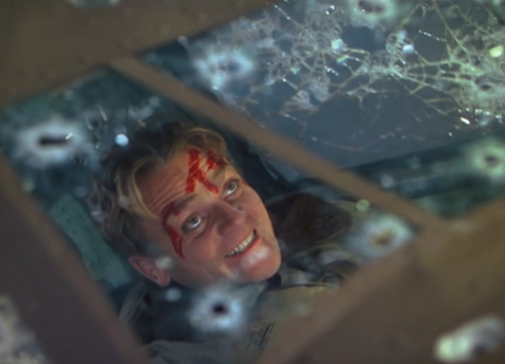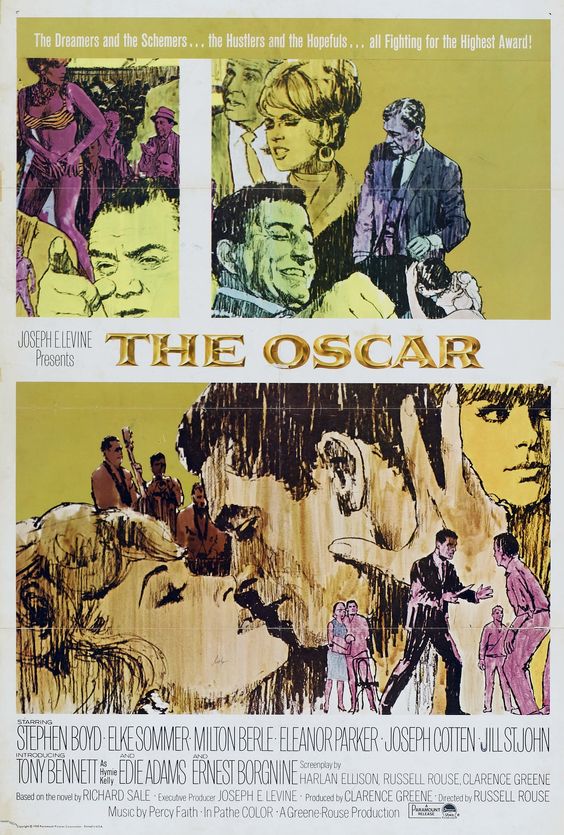The Furniture: A Scenery Buffet for the Battling Burtons
 Monday, March 6, 2017 at 10:39AM
Monday, March 6, 2017 at 10:39AM Editor's Note: "The Furniture" is our weekly series on Production Design. We strongly suggest going forward that you click on the images to see them in their more detailed large glory. Many older films were of course designed for giant screens, not thinking of their eventual home as phones or small TV set.

Franco Zeffirelli is not a man of subtle tastes. When he’s lucky, his opulent excesses achieve camp status. But when he’s not, it rolls over the audience like an 18-wheeler full of circus elephants. This has generally been the rule for his theatrical productions, some of which have nonetheless become war horse mainstays at major opera companies.
And so it may come as something of a surprise that the director’s overzealous artistic passion actually works quite brilliantly in his film version of The Taming of the Shrew, which opened 50 years ago this week. It turns out that his style is perfect for the frenetic madness of William Shakespeare’s screamiest comedy, heightened to a fever pitch by the deafening roars of Elizabeth Taylor and Richard Burton.
The setting is Renaissance Padua, introduced by way of a delightfully pastoral matte painting. Not content simply with a city in the rain, Zeffirelli showcases a rainbow. Two-dimensional sheep mingle with their three-dimensional, breathing brethren...








